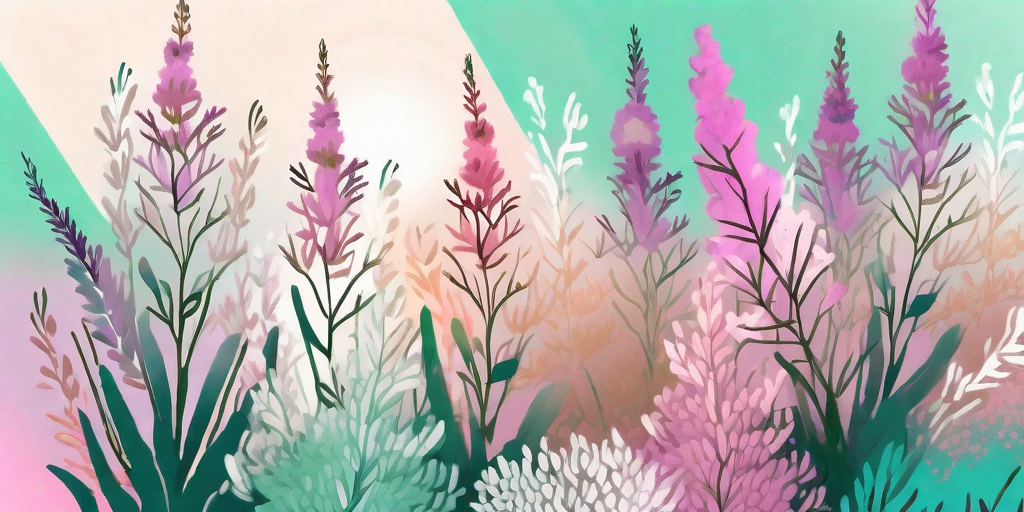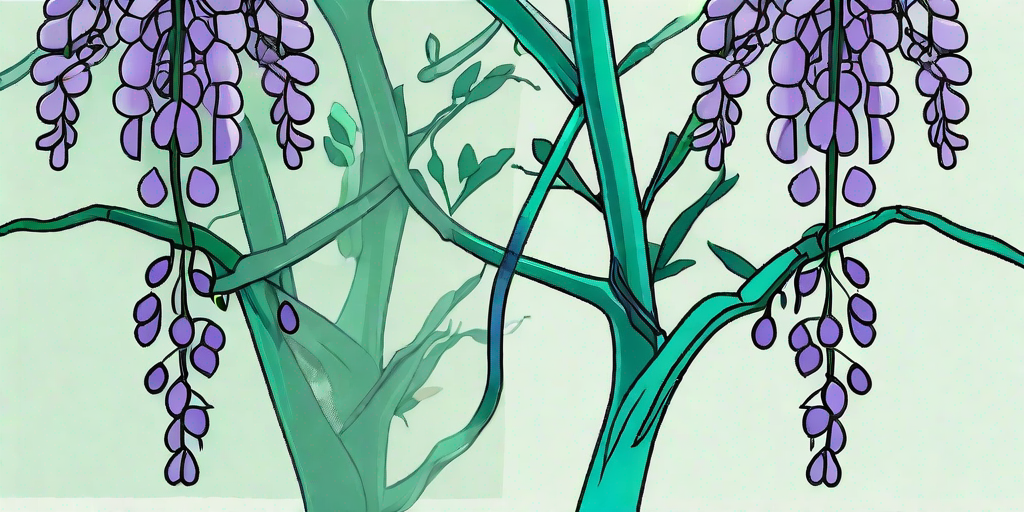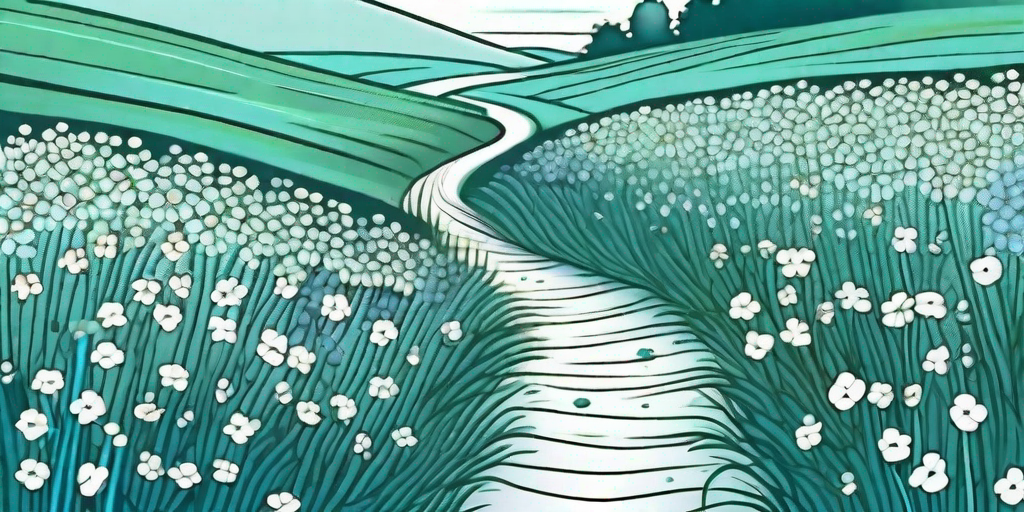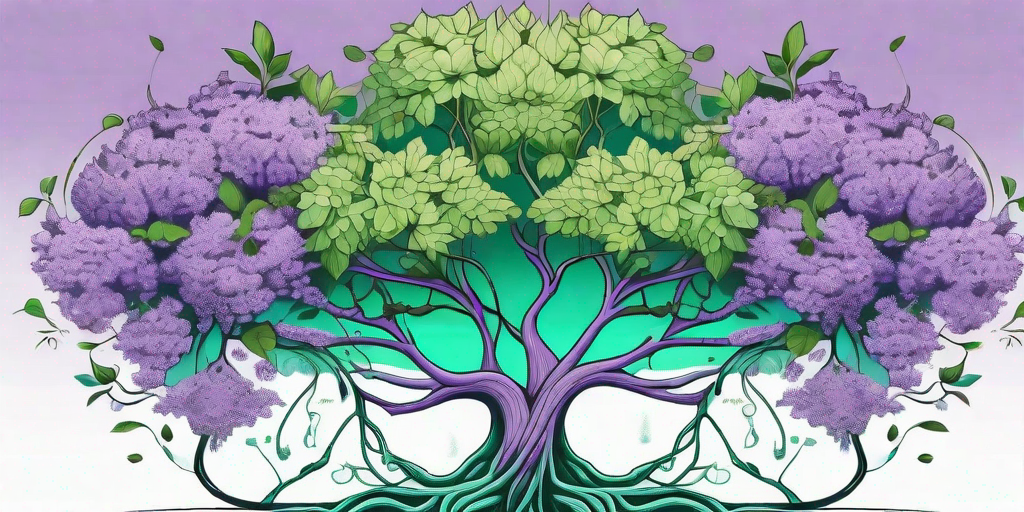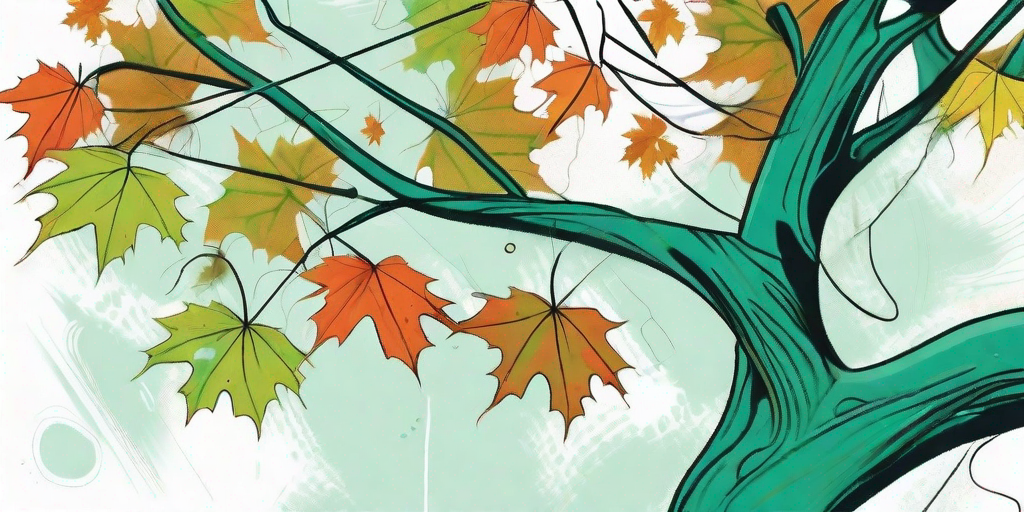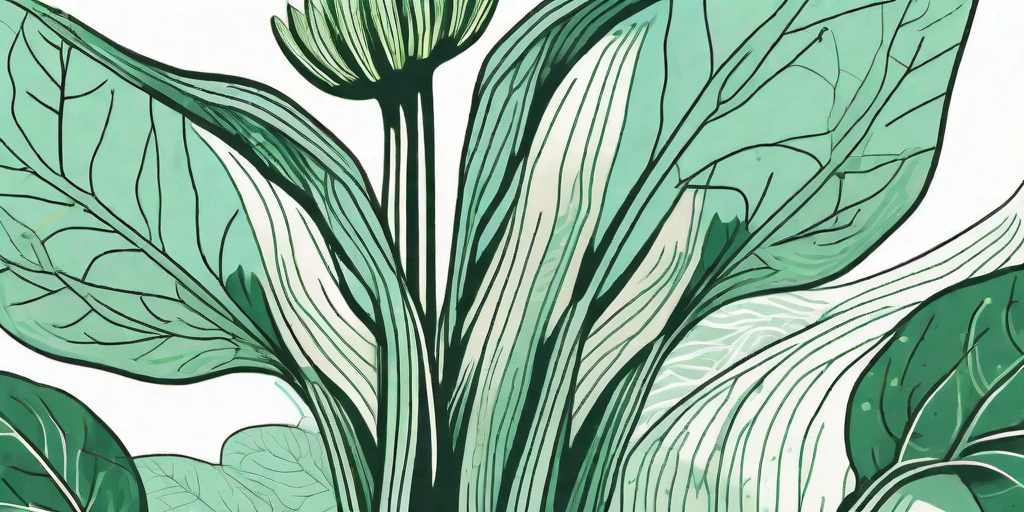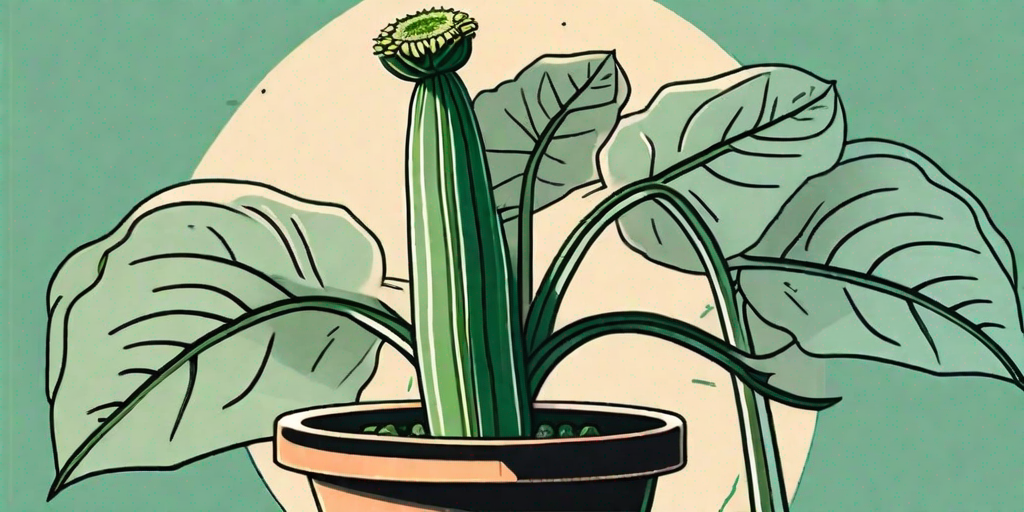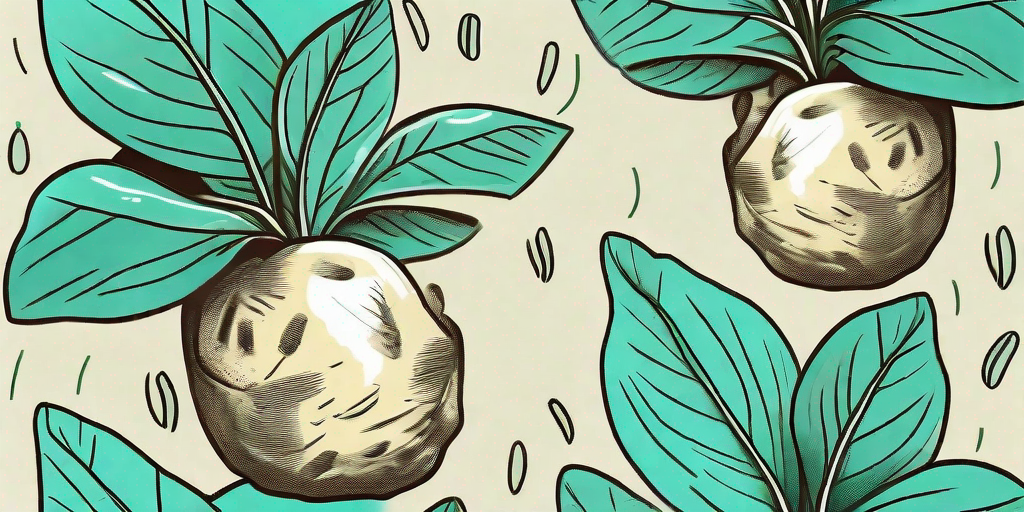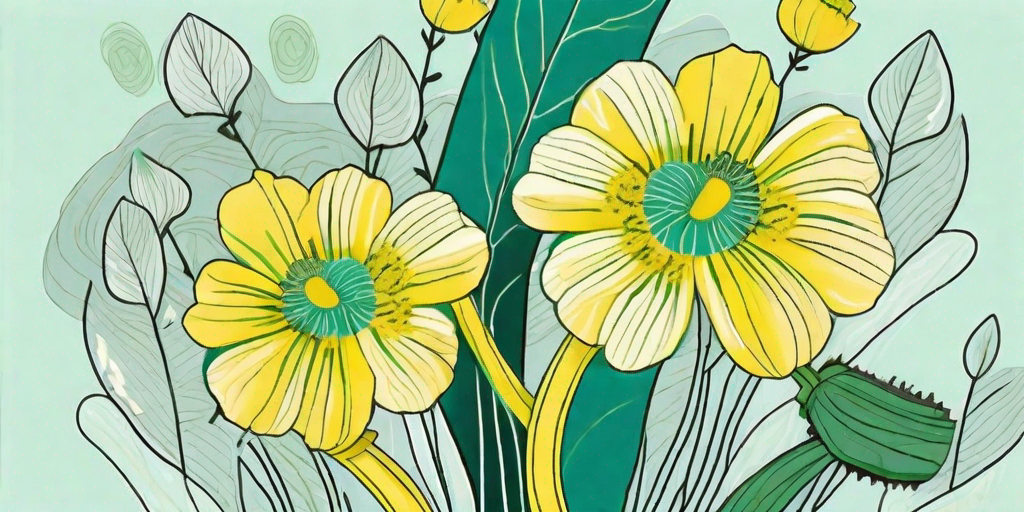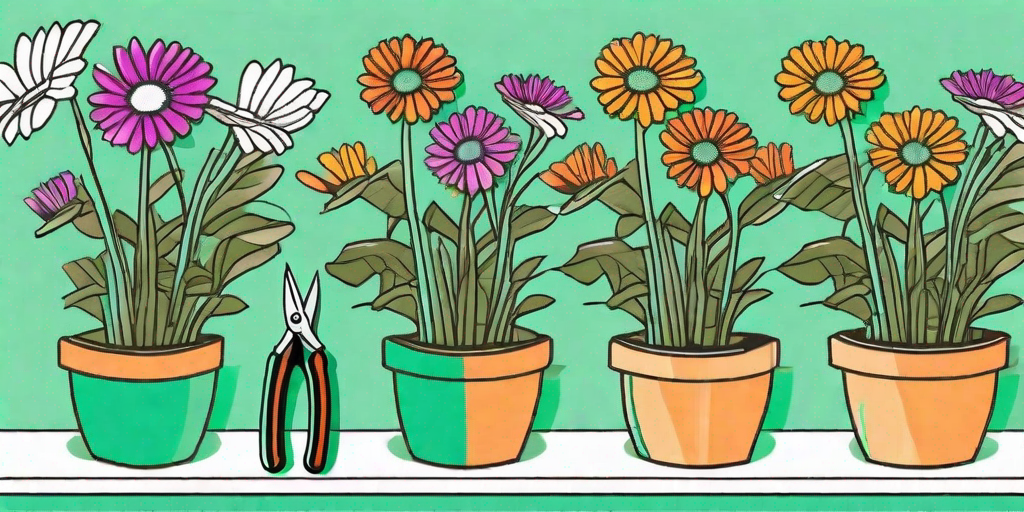
If you're the type of person who believes that a garden without flowers is like a cake without frosting, then you're in the right place. Today, we're going to talk about a flower that's as hardy as it is beautiful - the Heather. This little beauty can transform your garden into a riot of color and charm. So, buckle up, green thumbs, and let's dive into the world of Heather flowers.
The Heather Flower: A Brief Introduction
Before we get into the nitty-gritty of planting and caring for Heather flowers, let's get to know them a bit better. Heather flowers, scientifically known as Calluna Vulgaris, are native to Europe, Asia, and North America. They are known for their vibrant colors, ranging from white and pink to purple and red, and their ability to survive in harsh conditions. They're like the Chuck Norris of the flower world.
Heathers are evergreen shrubs that bloom from late summer to fall, providing your garden with a splash of color when most other plants are starting to fade. They're also great for attracting bees, butterflies, and other pollinators. So, if you're looking to create a buzz in your garden (pun intended), Heather flowers are the way to go.
Planting Heather Flowers: A Step-by-Step Guide
Now that we've piqued your interest, let's get down to business. Here's a step-by-step guide on how to plant Heather flowers in your garden. Don't worry, it's as easy as pie. Or should we say, as easy as planting a flower?
Step 1: Choose the Right Spot
Heather flowers love the sun. They're like little floral sunbathers. So, choose a spot in your garden that gets plenty of sunlight. However, they can also tolerate partial shade. So, if your garden is more Fifty Shades of Grey than Baywatch, don't fret.
Heathers also prefer well-drained soil. So, if your garden is more swamp than soil, you might want to consider improving the drainage or planting your Heathers in raised beds.
Step 2: Prepare the Soil
Heather flowers prefer acidic soil with a pH between 4.5 and 5.5. So, if your soil is more alkaline, you might need to add some sulfur or peat moss to lower the pH. Remember, a happy Heather is an acidic Heather.
It's also a good idea to enrich the soil with organic matter, such as compost or well-rotted manure. This will provide your Heathers with the nutrients they need to grow and bloom.
Step 3: Plant the Heather
Now comes the fun part - planting the Heather. Dig a hole that's twice as wide and just as deep as the root ball of your Heather plant. Place the plant in the hole, making sure that the top of the root ball is level with the soil surface. Then, backfill the hole with soil, firming it gently around the base of the plant.
Once you've planted your Heather, give it a good watering. But remember, Heathers don't like to have wet feet, so don't overdo it. Think of it as giving your plant a refreshing drink, not a bath.
Caring for Your Heather Flowers
Now that you've planted your Heather flowers, it's time to learn how to take care of them. Don't worry, they're not high-maintenance. In fact, they're pretty low-key, just like that friend who's always up for a Netflix binge rather than a night out on the town.
Watering
Heather flowers prefer their soil to be moist but not waterlogged. So, water them regularly, but make sure the soil has a chance to dry out between waterings. Remember, these flowers are more desert than rainforest.
In terms of frequency, watering once a week should be enough in most climates. However, during hot, dry periods, you might need to water more often. Just keep an eye on your plants and water them when the soil starts to dry out.
Pruning
Heather flowers benefit from a bit of pruning to keep them looking their best. The best time to prune is in the spring, just after the flowers have faded. This will encourage new growth and help your plants to maintain a compact, bushy shape.
When pruning, aim to remove about a third of the plant's height. But don't worry about being too precise. Heathers are pretty forgiving, so even if you get a bit scissor-happy, they should bounce back.
Frequently Asked Questions
Now, let's address some of the most frequently asked questions about Heather flowers. Because we know you're just dying to ask.
Do Heather Flowers Attract Wildlife?
Yes, they do. Heather flowers are a big hit with bees, butterflies, and other pollinators. So, if you're looking to create a wildlife-friendly garden, Heathers are a great choice. Plus, they're deer-resistant, so you won't have to worry about Bambi snacking on your plants.
Can I Grow Heather Flowers in Pots?
Absolutely! Heather flowers are perfect for container gardening. Just make sure to choose a pot with good drainage and use a potting mix designed for acid-loving plants. And remember, potted plants tend to dry out faster than those in the ground, so you might need to water more frequently.
Are Heather Flowers Evergreen?
Yes, they are. Heather flowers are evergreen shrubs, which means they retain their leaves throughout the year. So, even when they're not in bloom, they'll still add a touch of greenery to your garden.
Conclusion
So there you have it, folks. Everything you need to know to unleash the beauty of your garden with stunning Heather flowers. These hardy, vibrant blooms are sure to add a splash of color and charm to your outdoor space. So, why not give them a try? Your garden (and the bees) will thank you.



